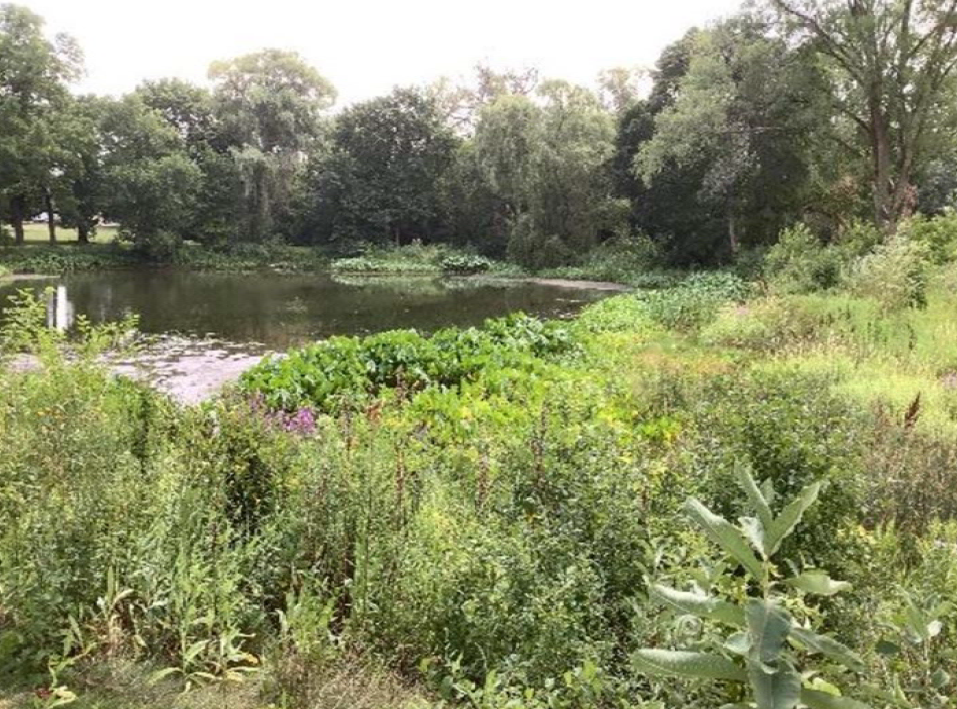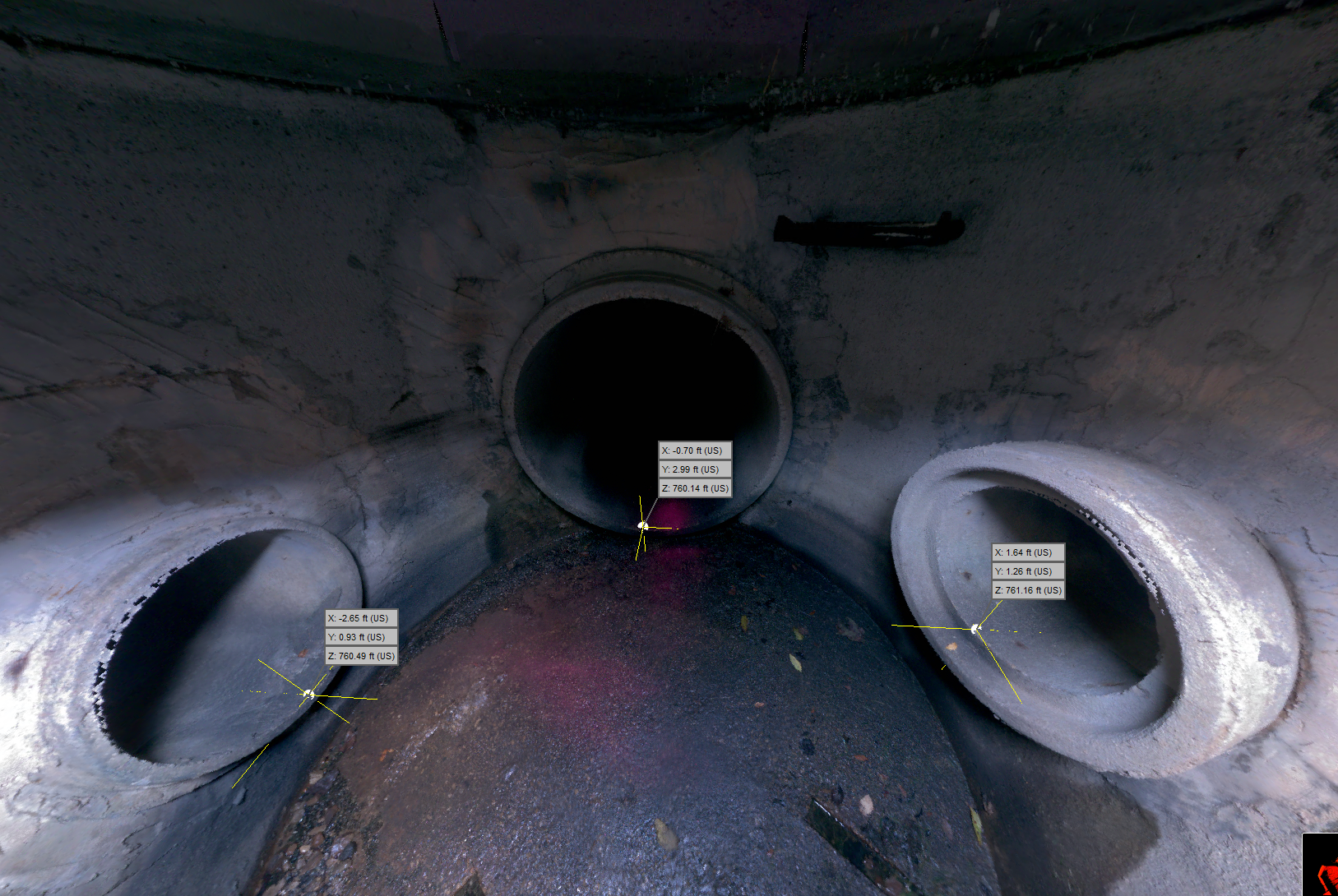Managing rain events and the high flows that come with spring can be a daunting task for municipalities. R/M prioritizes a streamlined approach to managing infiltration and inflow (I/I) to avoid flooding on private properties; identify flow, investigate where it is coming from, and put a plan into action for removing the I/I source. Planning for the rainy season can help prevent backups in residents’ basements.
Telltale signs of I/I include:
Excessive spikes in flow during times of heavy rain events
A spike in flow that drops off right away likely indicates inflow
A spike in flow that drops off gradually likely indicates infiltration
Sanitary sewer overflows
Unusual increases in pump run times at lift stations during rain events
Credit: CityofMilwaukee.gov
Here are a few of the measures we recommend taking to help your community maintain an efficient and cost-effective sanitary sewer system:
Identifying Flow
Accessing SCADA information to evaluate pump run times
Installing flow meters
Popping manhole covers immediately after rain events to see where there is a lot of flow
Contact an R/M expert to learn more about our SCADA services.
Measuring Flow
There are a variety of tools that R/M uses to identify where you have leaky pipes or high I/I to then further narrow down where the leaks and connections are. Using cutting-edge SCADA technology can be a great way to determine a pump’s GPM (gallons per minute) to ultimately determine flow rate by accessing the system’s records.
Inflow meters, otherwise known as traditional area velocity meters, are installed around the interior of the pipe and physically measure the flow of water over the device to produce a flow rate.
Laser meters sit elevated above the flow to measure the amount of flow with the use of a laser that shoots down through the water.
Finally, depth of flow meters utilize a sensor that is mounted to the bottom side of the manhole cover. It continually measures the depth of flow as the water level rises.
R/M can help!
All the existing clear water does not need to be removed from the system at once. It is important to begin picking smaller-scale projects over the coming years after evaluating and identifying where the issues are in the entire collection system. When a plan has been set in place, R/M can help implement rehabilitation methods such as replacing pipes, removing I/I from the system, dig and replace, and grout.
ABOUT THE AUTHOR
Jerad j. wegner, p.e.
team leader, project manager
Jerad has extensive experience with a wide variety of projects, including street and highway design, intersection analysis, transportation facilities, storm sewer design, storm water management plan and review, sanitary sewer design, sanitary sewer capacity analysis, sanitary sewer rehabilitation, water main design, plan reviews, cost estimating, quantity take-offs, State and County permitting, and on-site construction review of sanitary and storm sewer, water main, pavement and curb and gutter. Jerad is PACP Certified (Pipeline Assessment Certification Program)

















